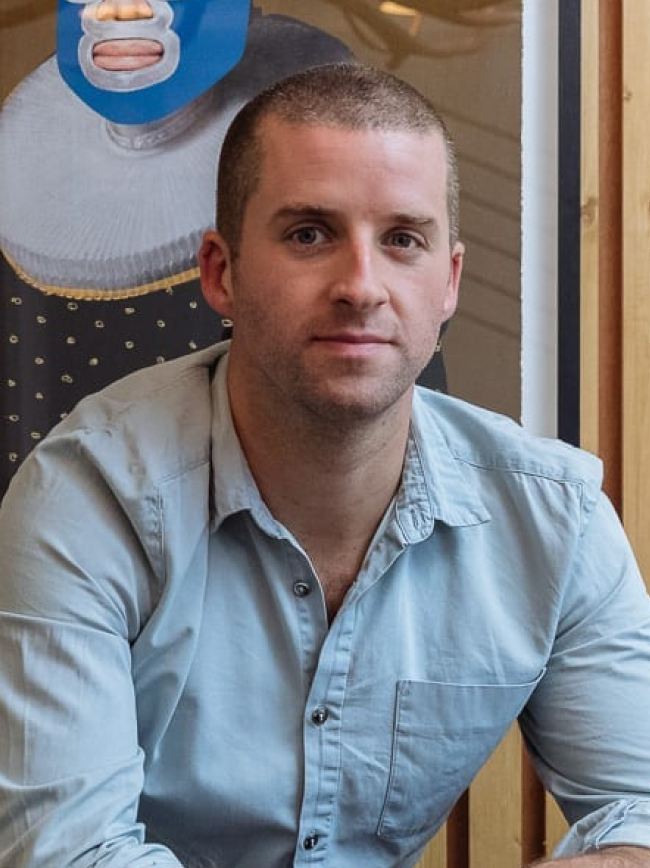ANA takeaway #4: emotional engagement is now table stakes

Emotion matters in B2B. Who’d have thought it?
Earnest has long flown the flag for the importance of emotional engagement with b2b buyers, and it’s a theme that’s been present in the industry pretty steadily over the past decade in one way or another.
What was great to see at the ANA in Chicago, was the debate around how much it matters appears to have been well and truly put to bed.
It’s no longer enough to understand rational triggers, buying cycles or procurement criteria if you’re going to build strong and lasting relationships with clients.
If you’re going to succeed in 2020 and beyond, emotional engagement is the cost of doing business.
It’s an idea that’s been approached from a number of different angles, often co-opting theories and practice from other disciplines. Simple ideas like ‘left brain, right brain’ are often used as a crude shorthand for the difference between rational and emotional processes.
A more complex reading started finding it’s way into marketing via the lessons offered through behavioural economics – a topic that’s enjoying a multi-year moment in the sun, with Richard Thaler winning a Nobel Prize in 2017, and Amazon bestseller lists jam-packed with accessible literature on the subject.
The idea of emotional engagement was brilliantly inspected at the ANA by Victoria Morrissey from Caterpillar in her talk ‘Emotional First Principles’. I mentioned these in a previous ANA takeaway post and are worth mentioning again because it was a genuine conference highlight for us, and also because Morrissey condensed a lot of ideas into an excellent short framework:
1. Story matters, story first
“Numbers lend credibility and validate a story but they don’t drive feelings.”Telling a powerful brand story is about much more than having your facts straight – it’s about finding the emotional and psychological levers that will help you reach your audience.
2. The whole is greater than the parts
“Find the unifying principle of the parts, as it adds up to something far greater.”The connective power of creativity needs to be layered on top of detail to turn customer segmentation and insight into powerful stories.
3. Creativity is worth fighting for
Morrissey quoted neuropsychologist Rex Jung to illustrate why creativity is essential to brand narrative: “The definition of creativity is something that is both useful and novel.”
The need to leverage emotional and behavioural triggers, as well as pressing all the rational ‘buy buttons’, is more important than ever now that purchase journeys are evolving, touch points are changing and stakeholders multiplying.
In the excellent ‘Go bold or go home: the risks and rewards of breakthrough work’ session, Allison Womack from Enterprise Community Partners and Chris Duffey from Adobe discussed the merits and risks of bold work, and how standing out in a complex and crowded world requires serious creative resolve.
They outlined 4 key themes which they tied to the notion of creating bold, breakthrough work:
- From big bets to small experiences: being able to deliver emotional impactful experiences to customers on a regular basis (engaging, personalised content), rather than going all in on big bets (like Superbowl ads)
- From chameleon to resilient: staying true to your purpose and your mission, rather than changing your direction as the winds of the market blow somewhere new.
- From perfect to imperfectly authentic: instead of striving for a perfect, unchanging brand or product, look to deliver something real, human, flawed and true.
- From trend to truth: really cutting through means knowing when to engage with trends and ideas enjoying a moment, and when what really matters is the underlying human truth.
This is the fourth in our series of key takeaway posts covering the 5 main themes that came out of the ANA Masters of B2B Conference in Chicago.
[Header photo: Lidya Nada on Unsplash]
***
This is the fourth in our series of key takeaway posts covering the 5 main themes that came out of the ANA Masters of B2B Conference in Chicago.
[Header photo: Lidya Nada on Unsplash]
Womack and Duffey said that “being bold is the table stakes for success.”
Being bold can mean many different things, depending on the context. It can mean taking a courageous, convention-defying position. It can mean taking a stand against injustice. There’s also boldness in discipline, focus and minimalism – in doing less when the competition is doing more. Boldness can simply mean being honest and human in a market that’s buried under jargon and process.
Whatever it is, boldness is something to strive for, because it does not happen by accident.
And, wrapped up in all this boldness, is the simple necessity of emotional engagement – brand, organisations and their staff can’t be bold without having first recognised the rational and emotional context they’re operating in.
Achieving a full understanding of the emotional and rational context is the first step towards doing effective and, yes, even bold work.
***
This is the fourth in our series of key takeaway posts covering the 5 main themes that came out of the ANA Masters of B2B Conference in Chicago.
[Header photo: Lidya Nada on Unsplash]
